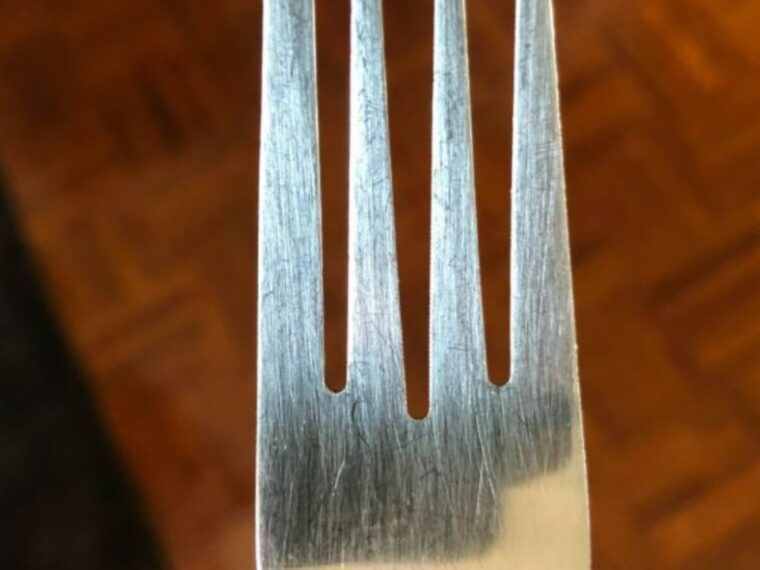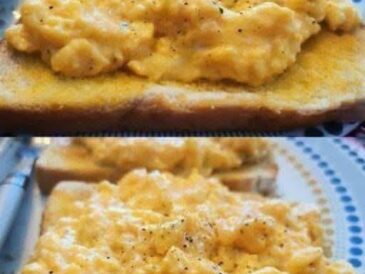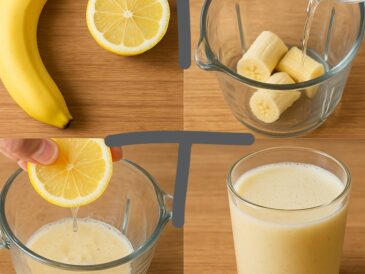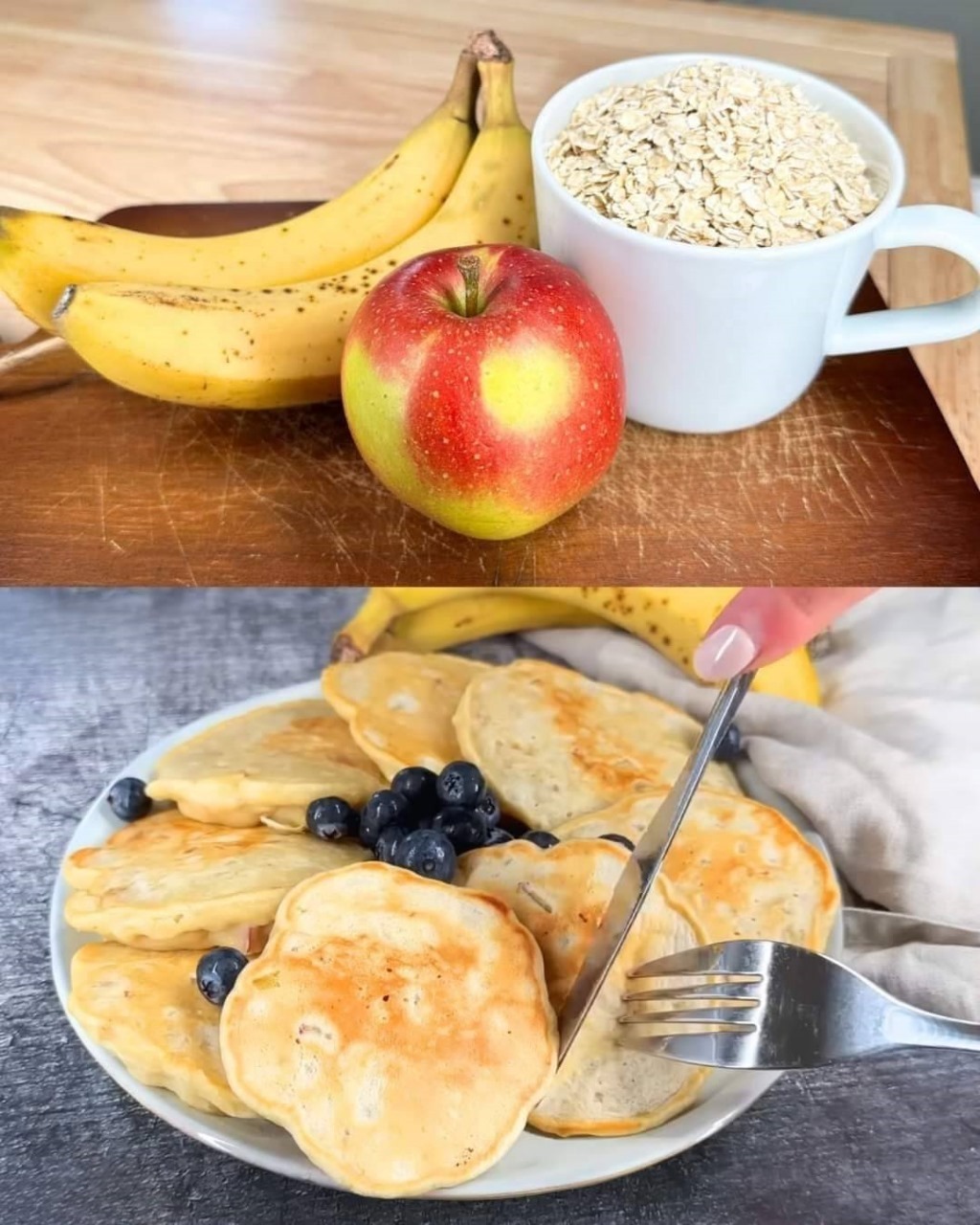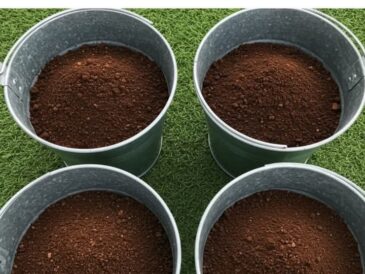- Three standard long tines — for piercing, twirling, and eating
- One wide, short, slightly sharpened prong — for slicing or separating tender food
- A thicker handle on some models for extra grip
- Often made from durable stainless steel or vintage silver
That shorter prong? It isn’t broken. It’s a multi-functional tool designed to act like a mini-knife — without needing an actual knife in hand.
Think of it as the Swiss Army knife of forks.
🔪 What It’s Meant to Do (And Why It’s Actually Brilliant)
The cutting fork is meant to replace the need for a knife in certain casual eating situations.
Here’s what that unique design actually allows you to do:
✅ 1. Cut Soft Foods Easily
The flattened edge on the short prong is often slightly beveled or sharpened. That means you can press it against soft foods like:
- Cooked chicken
- Pasta
- Fish fillets
- Sausages
- Steamed veggies
- Pancakes or waffles
- Even soft desserts like cheesecake
Just a light press and slice — and boom, no knife needed.
✅ 2. Eat One-Handed
This fork was often used for:
- Cafeteria settings
- Airline meals
- Hospital trays
- TV dinners in the ‘60s and ‘70s
- And now? Perfect for desk lunches, picnics, or kids learning to eat on their own
It’s also a great solution for people with mobility challenges, or anyone who can only use one hand while eating.
✅ 3. Hold & Slice at Once
That short prong helps hold your food in place, while your other tines do the work — either slicing or separating bites.
It’s function and form — all in one quirky, “flawed” little fork.
🕰️ A Little History: Where Did the Cutting Fork Come From?
The cutting fork came into popularity during the mid-20th century, especially during the boom of:
- Mass-produced home goods
- Modern convenience meals
- One-handed utensils developed for hospitals, lunch counters, and airline trays
As meals got quicker, easier, and more portable, multi-functional utensils gained popularity.
Why use a fork and knife, when you could just use one tool?
And as it turns out — the cutting fork was way ahead of its time.
While you might not find them in modern silverware sets today, they still pop up in:
- Vintage utensil collections
- Commercial kitchens
- Online marketplaces
- Restaurant supply stores
- Some retro-themed diners still using originals from decades past
🙌 Real-World Uses: When to Reach for the Cutting Fork
So now that you know it’s not trash, when should you use it?
🍽️ 1. Casual Meals Without Knives
Eating at your desk? On the couch? On a picnic blanket?
Perfect. The cutting fork lets you:
- Cut your food without reaching for (or dirtying) a knife
- Handle pasta, fish, and meats with one utensil
- Minimize cleanup after dinner
🧒 2. Teaching Kids How to Use Utensils
The cutting fork is a great intermediate step for kids learning to eat “grown-up” food.
It teaches them control, cutting pressure, and food handling — without the risks of a sharp blade.
♿ 3. Accessibility-Friendly Dining
People with limited mobility or only one functional hand benefit greatly from cutting forks.
It offers independence and ease — something that’s often overlooked in traditional utensil sets.
🔍 How to Spot a Cutting Fork in the Wild
Not all “weird forks” are cutting forks, but here’s how to know for sure:
✅ Look for one prong that is:
- Wider than the others
- Slightly shorter
- Flat or beveled along one edge
- Feels subtly sharpened (though not dangerous)
✅ The overall fork will feel sturdy, sometimes slightly heavier, and might even have a thicker handle.
If you’re at a thrift shop or estate sale, flip through the silverware bin. You just might uncover one of these hidden gems.
🧼 Care Tips for Vintage Cutting Forks
Found a cutting fork at a flea market or in Grandma’s drawer? Here’s how to take care of it:
- Hand wash preferred – Especially if it’s a vintage or silver-plated model
- Sharpen gently (if needed) – A fine sharpening stone can help if the edge dulls
- Avoid harsh scrubbing – To preserve any original finish
- Store separately – So the short edge doesn’t wear down rubbing against other utensils
💡 Bonus Idea: Cutting Fork DIY Upgrade
If you can’t find a cutting fork but love the idea?
You can carefully grind down the outer prong of an old, sturdy fork using a metal file or Dremel tool — just be cautious, and smooth the edges to avoid sharp points.
Final Thoughts: Don’t Throw It Out — Thank It!
That “chipped” fork in your drawer? It’s not damaged.
It’s designed to help.
It’s a relic of mid-century kitchen innovation.
And it’s still one of the smartest utensils you probably never knew you owned.
So next time you spot one while setting the table — pause.
Smile.
And remember: sometimes the tools that look a little weird are the ones that work the hardest.

